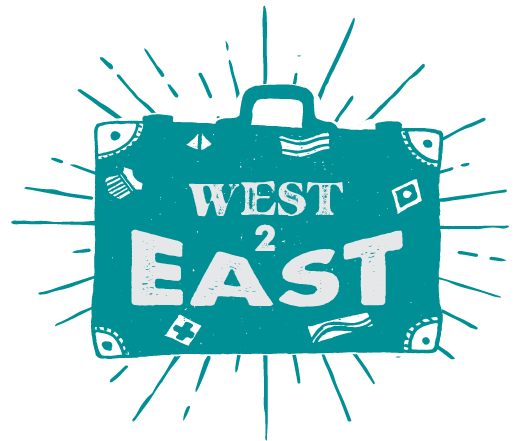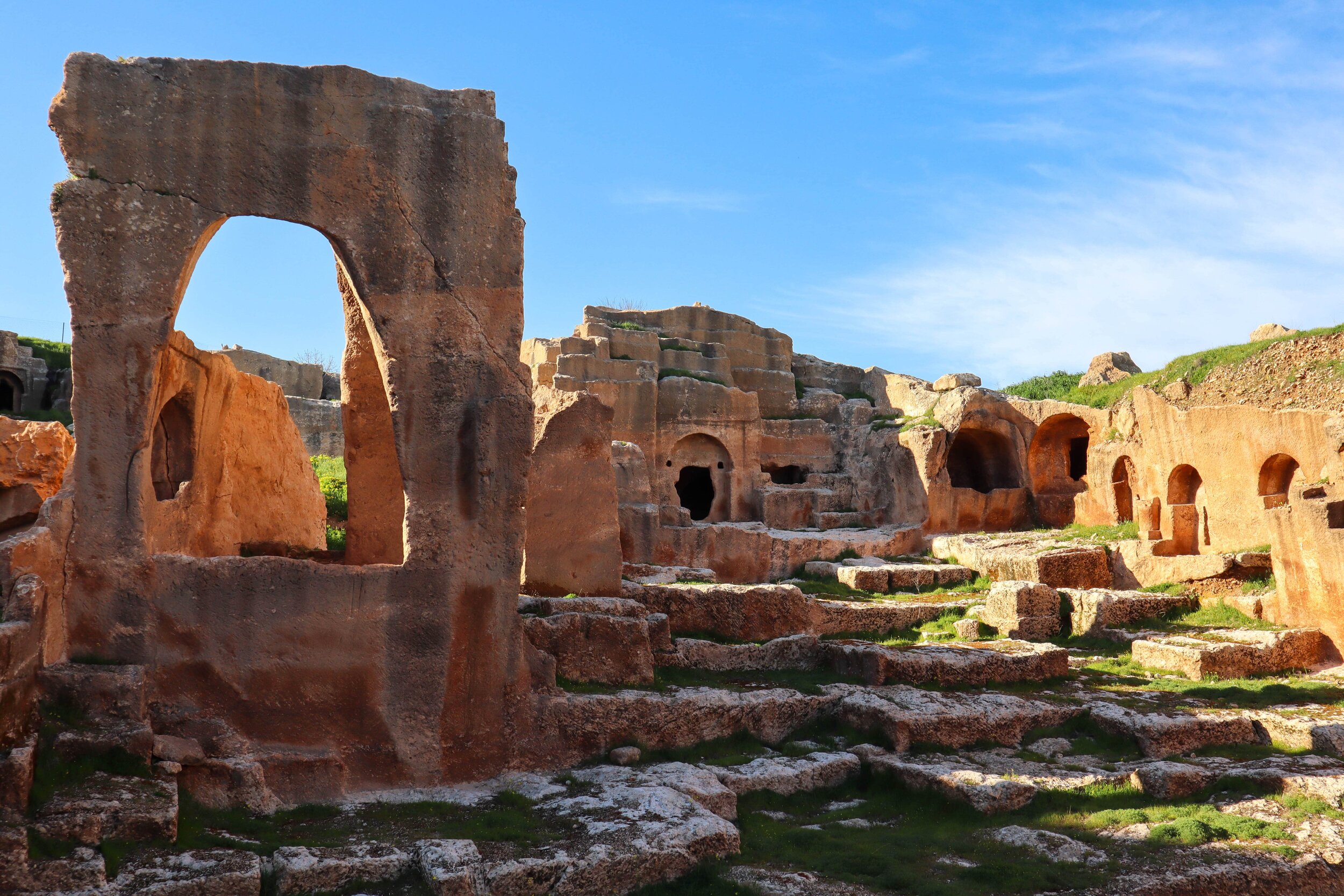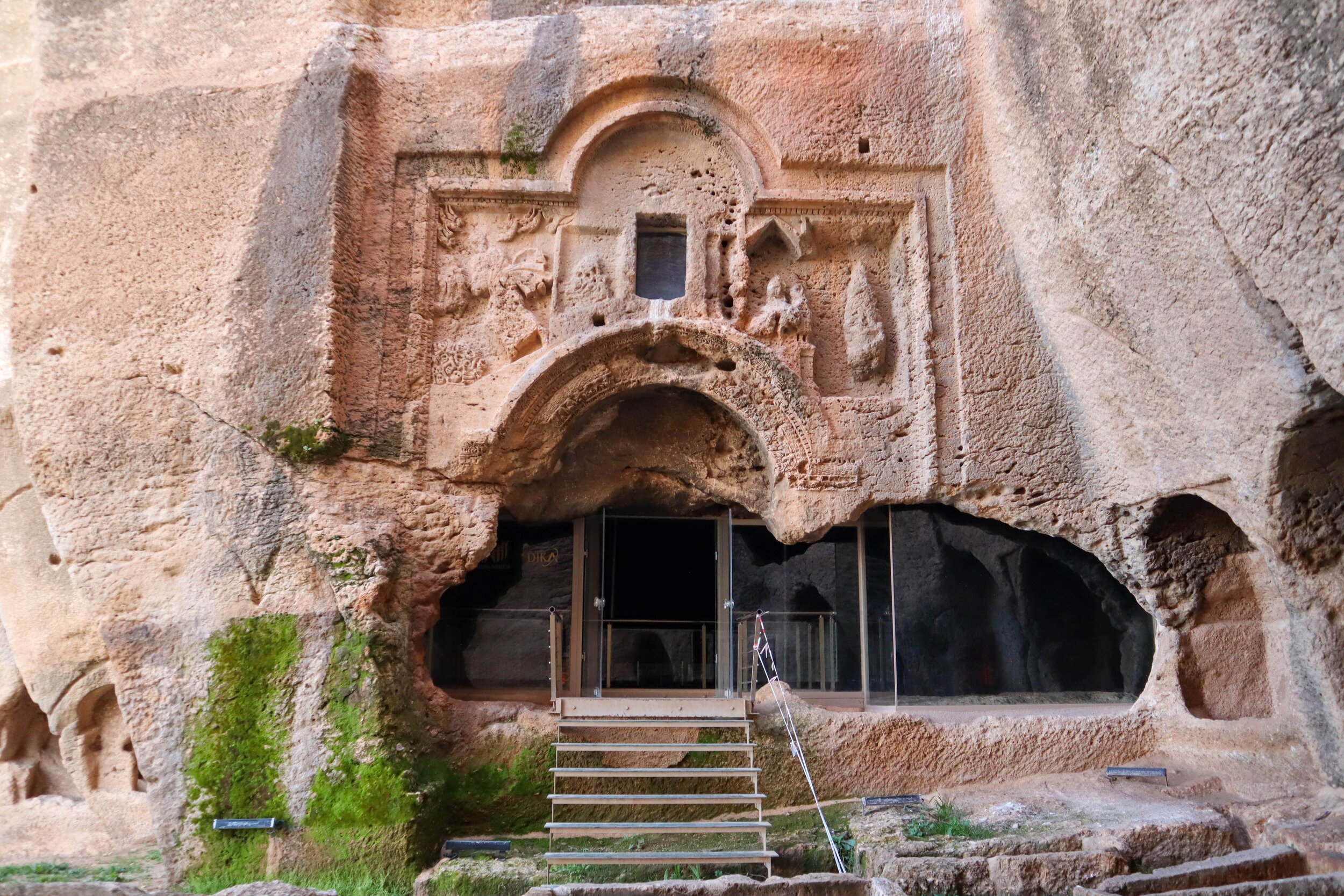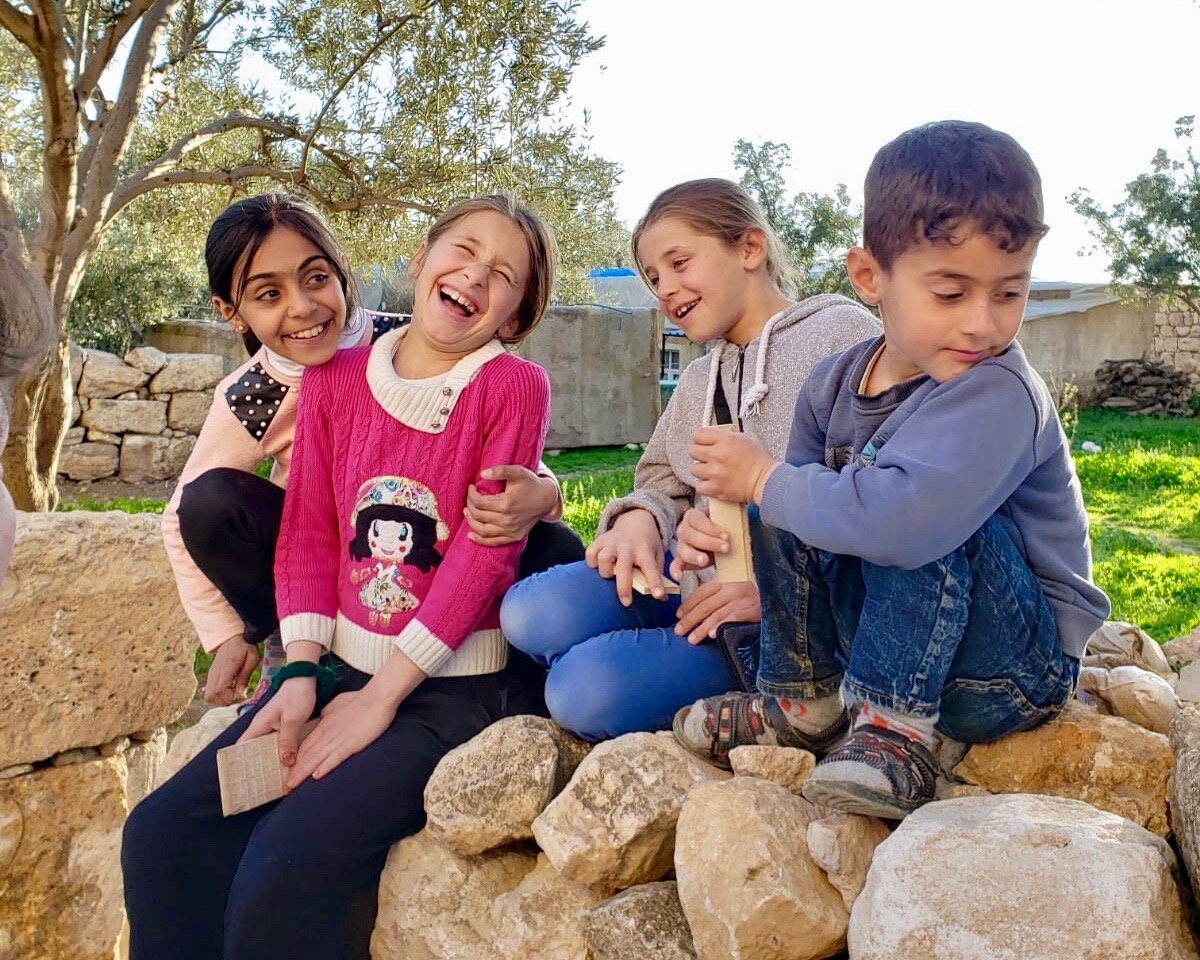Dara: Ancient City Turned Playground
One of the things I love about exploring old cities in Turkey is the inevitable mingling of the past and present. Early cave churches, long abandoned, are now used to house sheep and goats. Roman bridges are still in use in the heart of busy metropolises. Children play among ruins of once-important seats of trade and culture, oblivious to the historical significance of their own backyard!
Ancient stones and modern equipment mingled together.
Our exploration of Mardin province took us south, to a little town known in ancient history as Dara. While unfamiliar to us today, Dara was once a border city between the Roman and Parthian-Sassanid empires. Also located only 9km from the Silk Road trade route, this was a strategic city for centuries.
The majority of the city has not been excavated. This is because the modern-day village of Oğuz (Oh-uz) is built on top of it. Driving in we saw farmhouses next to the old city walls and sheep grazing on soft green mounds hinting at the historical treasure troves beneath.
The most excavated portion of Dara is the city necropolis, or graveyard. The area is accessible to the public during certain visiting hours. We pulled up about half an hour before closing time and piled out of our big black van to explore, amid curious gazes and smiles of some local children.
The necropolis is in a valley, with a collection of tombs carved into the rock walls lining the edge of the area. At the end of the valley is a mass tomb, called the “Great Catacomb” with bones of an estimated 3000 people inside. The visible bones give an eerie feel to the place. Above the door of the tomb is a relief representing the story of the prophet Ezekiel. His name is mentioned in both the Koran and the Bible, and the biblical story tells of how Ezekiel, obeying the command of God, prophesied to a mass heap of bones, which subsequently came to life.








A map of Dara showed a nearby cistern and baptistry, so when the necropolis closed, we set out to find them. The children who had been watching us when we pulled up overcame their shyness and crowded around, grabbing our hands to lead us on.





We made our way to one of their houses, and I thought we were about to be invited in for tea. Instead, one of the children motioned to a set of stairs leading to what looked like a cellar entrance below the house. In fact, as we got closer we saw a faded sign marking the cistern we had been looking for.
We ducked our heads and made our way gingerly into the dark passage. A couple of turns and what seemed like several stories worth of downward staircases later, we found ourselves in a massive room, with columns stretching into the black ceiling above our heads, and orange lights casting long shadows on the walls. It wasn’t long before a game of hide and seek was proposed and we found ourselves hiding in dark corners and behind columns to avoid getting caught. There was a lot of laughter and confusion resulting from the mix of languages!
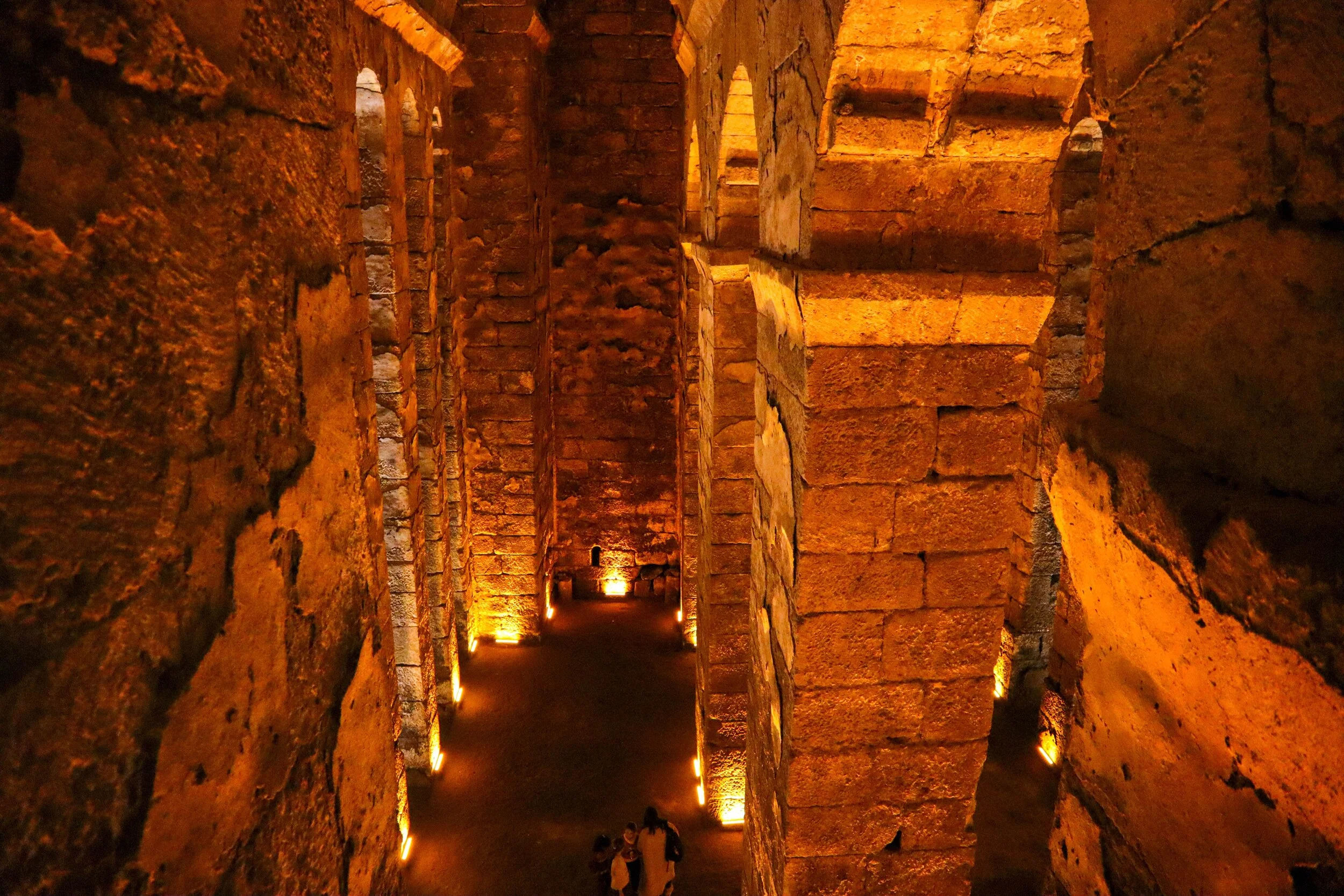



Back outside, the children led us to the baptistry, located in one of their backyards. There were flowers growing around the edges of it, and one of the girls made wreaths for us while the others happily chattered away, not caring that they weren’t being understood. The history and meaning of this place were lost on these little ones, who saw this timeworn world as their playground.
As I think back on that visit, for all the historic importance of that city, the riches of Dara aren’t sitting underground, waiting to be excavated. Rather they are in the youth and vibrance of those children, so friendly and ready to laugh. The most vivid memories I came away with are not of bones or tombs or giant cisterns, but of a game of hide and seek, and of a carefully woven flower wreath. These are what I treasure from our visit.
To our friends in the West, keep looking East!
Read More
Check out these articles below to discover other adventures located near Dara:
Şanlıurfa: The City of Abraham's Birth
Harran: Abraham and Star Wars Houses
Göbeklitepe: The World’s Oldest Temple
Minorities in Turkey: Syriac Orthodox Christians
Ginny Lou Henley
Ginny Lou is a co-founder of West2East. Originally from Alabama, Ginny Lou has called Turkey home for the past nine years. To read more about her, click here.
